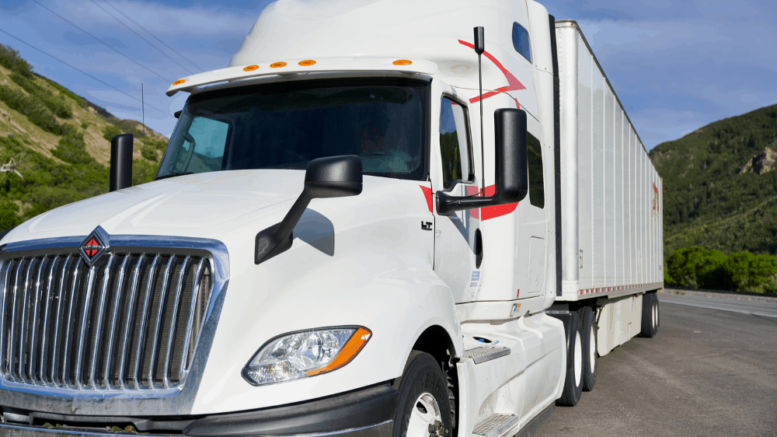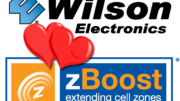Reprinted with permission from the weBoost blog.
You’re driving and talking to someone on the phone to pass the time — via hands-free Bluetooth devices for safety, of course. But your call drops more often than it stays connected, which can be maddening. That’s even truer when you or your employees are relying on mobile devices in fleet vehicles to communicate and perform work throughout the day.
If your devices all work just fine at home or at the office, why are they giving people such problems on the road? There are a number of answers, and many come down to issues of weak cell signal. Luckily, cell signal boosters made for use in fleet vehicles can help you solve the problem.
Reasons Cell Signal Can Be Weak on the Road
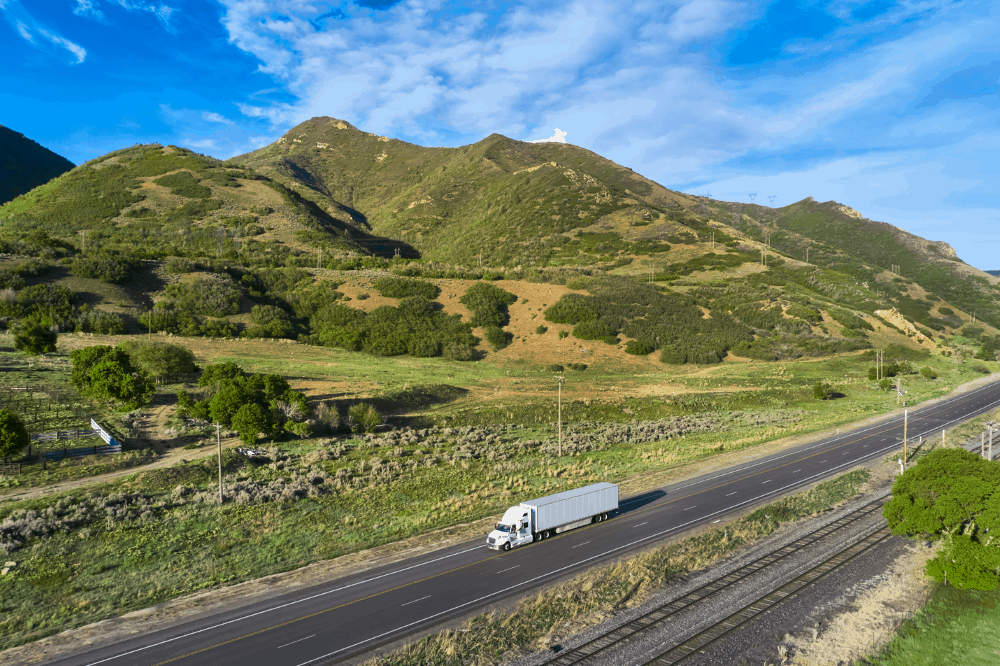
There are a number of reasons you or your staff might experience a weak signal on the road or in fleet vehicles. However, the majority of issues can be chalked up to three reasons, which are summarized below.
1. Distance from the Cell Tower
Cell signal degrades over distance, eventually petering out to nothing. If you’re not in range of a tower at all, then you’re not going to get a signal. But if you are in range and far away, the signal could be weak. That can lead to audio quality issues and dropped calls as well as slow data uploads and downloads.
In some cases, the signal might be weak enough that there’s not a good enough connection for consistent data streaming at all. If this occurs, messages and email may not reach someone until they drive into an area where the signal is better.
2. Outside Obstacles to Cell Signal
The area you are driving through could also lead to problems. Cell signals are just frequency waves, after all. They can be interfered with by all types of materials, from man-made objects to things on the landscape. A large cluster of tall trees, a group of hills, or city skyscrapers can all disrupt or weaken the cell signal that reaches certain areas.
In such cases, your field reps or other employees — or you — may need to travel to a place where the obstacle doesn’t impact cell signal. This can get old and lead to delays in important communication or work tasks being performed.
3. The Vehicle Itself as an Obstacle to Signal
Finally, your fleet vehicles could be the culprit when it comes to low signal. You can check this by stepping outside of the vehicle and walking just a few feet. If data and voice connections are suddenly much better, it’s not that you’re far from a tower or dealing with exterior obstacles. It’s that the cell signal is having a hard time penetrating the vehicle.
To understand why this occurs, consider a simple science question: If you put your cell phone in a bag and then wrapped it completely in a thick layer of aluminum foil and before calling it, would it ring?
The answer is no. Surrounding your phone with that foil creates what’s called a Faraday Shield or Faraday Cage. Faraday Shields block a wide variety of signals, including TV, radio, satellite, and cell phone RF signals.
What does that have to do with your fleet vehicles? Usually, they’re made with a lot of metal. When you’re inside the vehicle, your device is surrounded by metal, almost like it was wrapped in aluminum foil.
Obviously, the vehicle doesn’t make a complete Faraday Cage. So, it’s likely some signal does make it inside. But whether or not it’s strong enough to support quality connections depends on the vehicle and where you are in relation to a cell tower.
How Do Fleet Cell Signal Boosters Help?
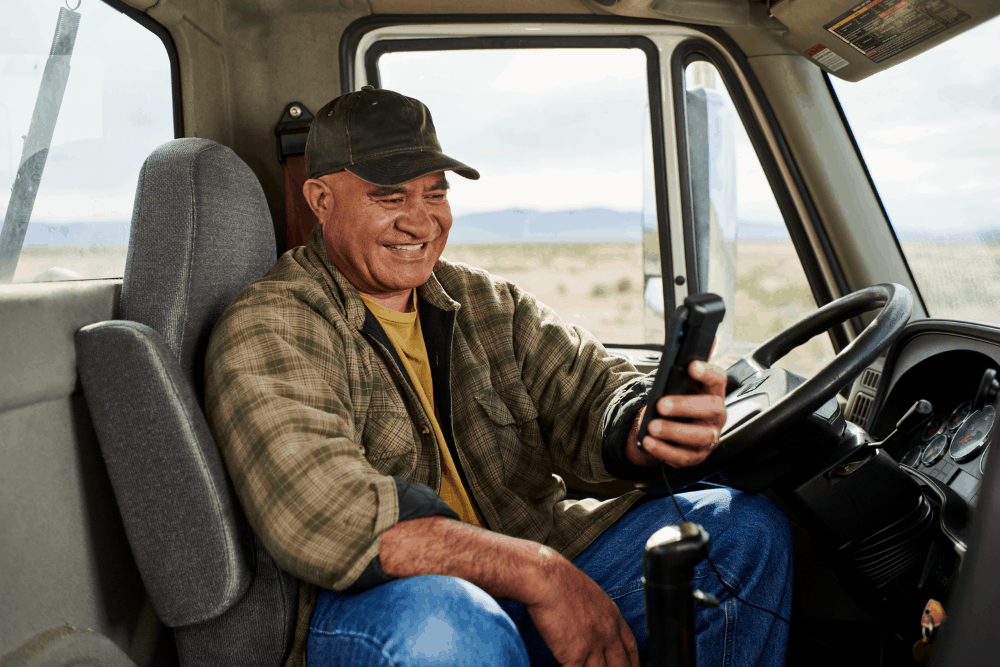
Cell phone boosters work by amplifying available signal. For example, if you drive far enough from a tower to create a weak signal, the booster can make it stronger within the fleet vehicle.
Most cell signal boosters designed for fleet vehicles or any type of car or truck has external antennas. These are antennas installed on the outside of the vehicle, which lets the booster pick up the signal before it’s impacted by the metal exterior of the vehicle.
It’s the same concept as with a radio tuner in your car. If your car has a radio with an AM/FM tuner in it, the antenna for that device is on the exterior of the vehicle. You may not be able to see it, especially in modern vehicles. Antennas can be camouflaged and might even be placed in the glass of a window. But they’re not on the inside of the vehicle.
Once the cell phone booster locates and “captures” a signal, it amplifies it. Then, your devices inside the vehicle can use that signal as normal to make calls or stream data.
Plenty of Fleet Cell Signal Boosters to Choose From
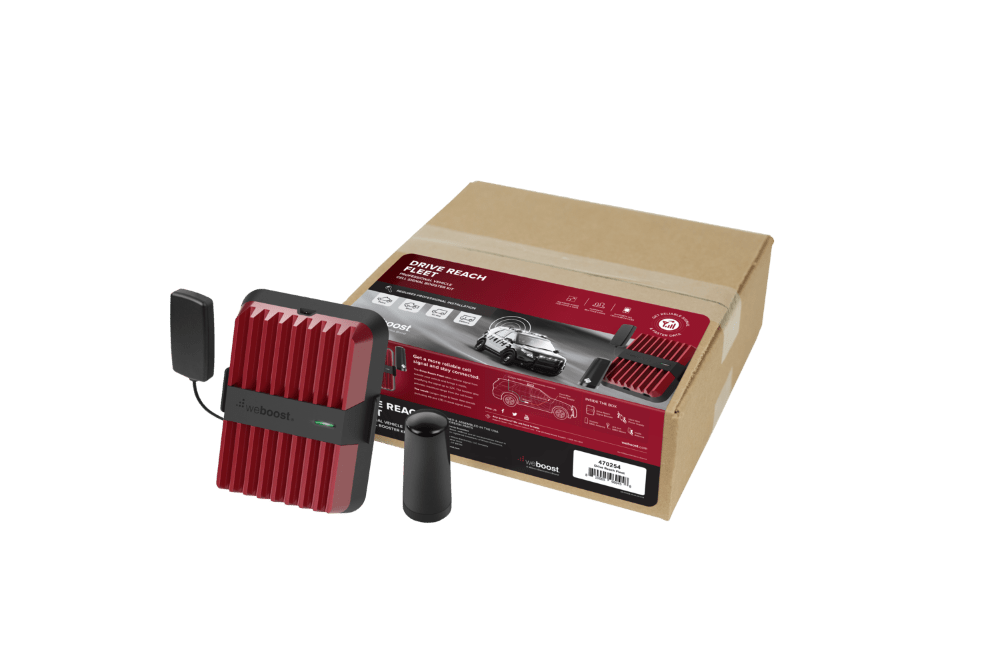
The selection of fleet cell signal boosters at weBoost lets you customize solutions for your business’s specific needs.
For example, the Drive Reach Fleet signal booster can reach the farthest cell towers to ensure drivers and field reps stay connected across more territory. It also boosts multiple devices, so the entire team in a truck or van can make calls, check messages, or attend to work on mobile devices as necessary. On top of keeping people connected, this type of fleet signal booster enhances tracking in rural areas for optimization of schedule, routing, and other efficiency optimizations.
The Drive Reach OTR Fleet signal booster is another option. This is designed to support commercial and government fleets and comes with an exterior antenna with an adjustable height. This lets you bring the antenna up or down to best connect with the signal. For example, if the vehicle is parked on a site that has some terrain around it, you might be able to raise the antenna to mitigate the interference of those obstacles on the signal.
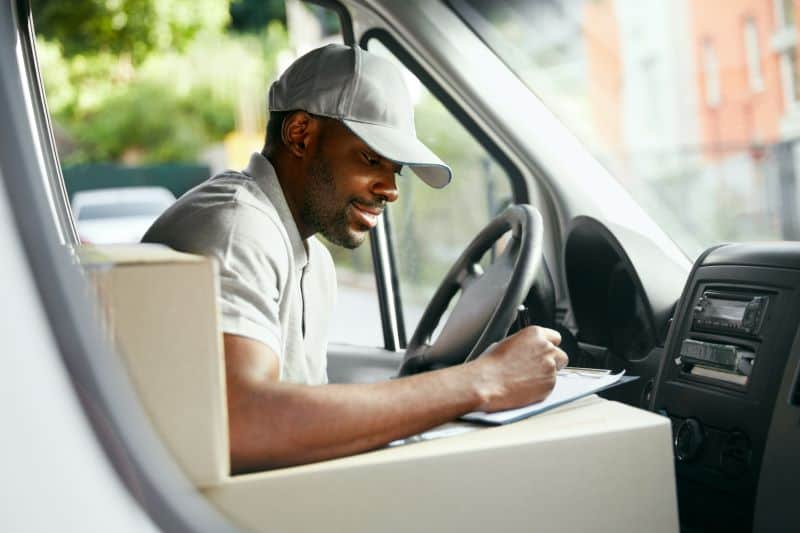
Fleet signal boosters from weBoost also work with all major carriers, including Verizon, T-Mobile, Sprint, AT&T, and UScellular. That ensures no matter what carrier your business uses — or what your individual employees might use — everyone can get the best possible signal in the fleet vehicle. The boosters are also 5G ready, which means you won’t have to make changes to your fleet booster technology to account for updates in local carrier networks in near future years. Your fleet can also move between areas supported by 5G and 4G networks without worry about whether the signal boosters will work correctly.
For all fleet signal boosters, it’s important to note that when signal is zero, the booster doesn’t have anything to amplify. However, in cases where signal is very weak, the booster can bring performance of connections up to good for talk, text, and data. The closer you get to a tower, the better the performance is, with max performance in shorter ranges of towers.
Browse the selection of fleet cell phone boosters in the weBoost for Business product lineup to find the best solution for your company. Then, contact us for professional help choosing the boosters that will best support your fleet drivers and field reps. From car boosters to boosters designed for large trucks, the weBoost selection is large enough to cover most needs.

